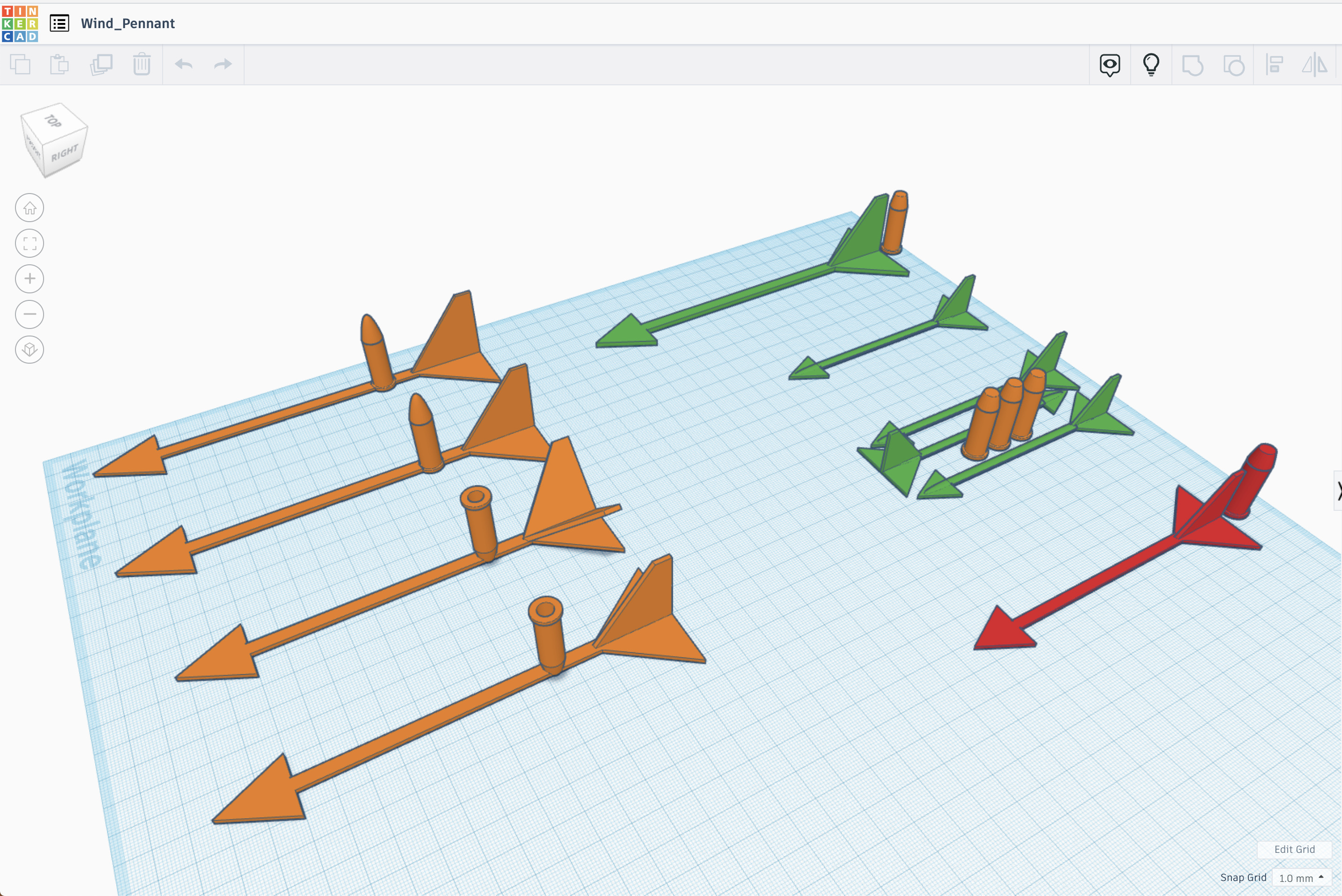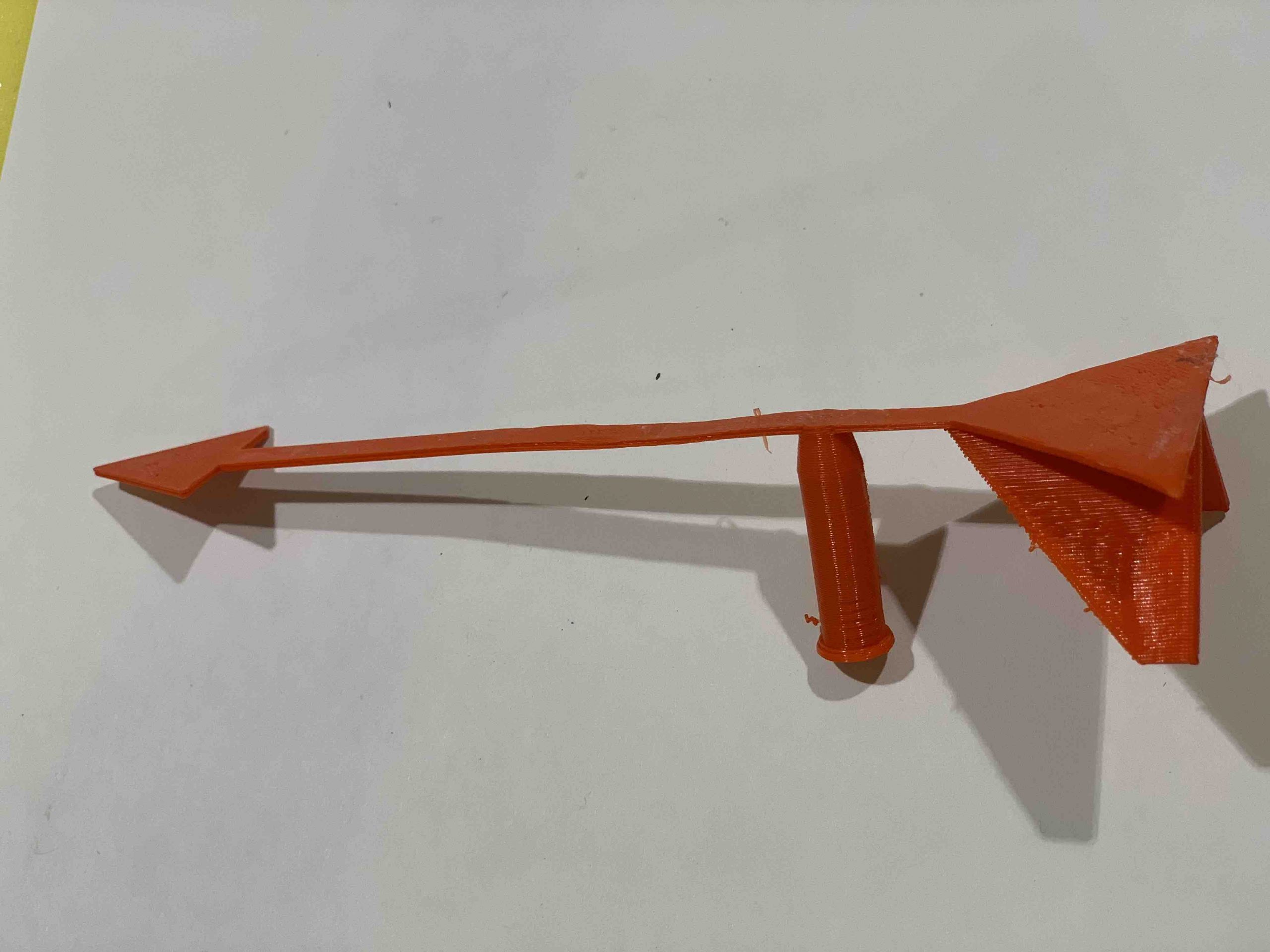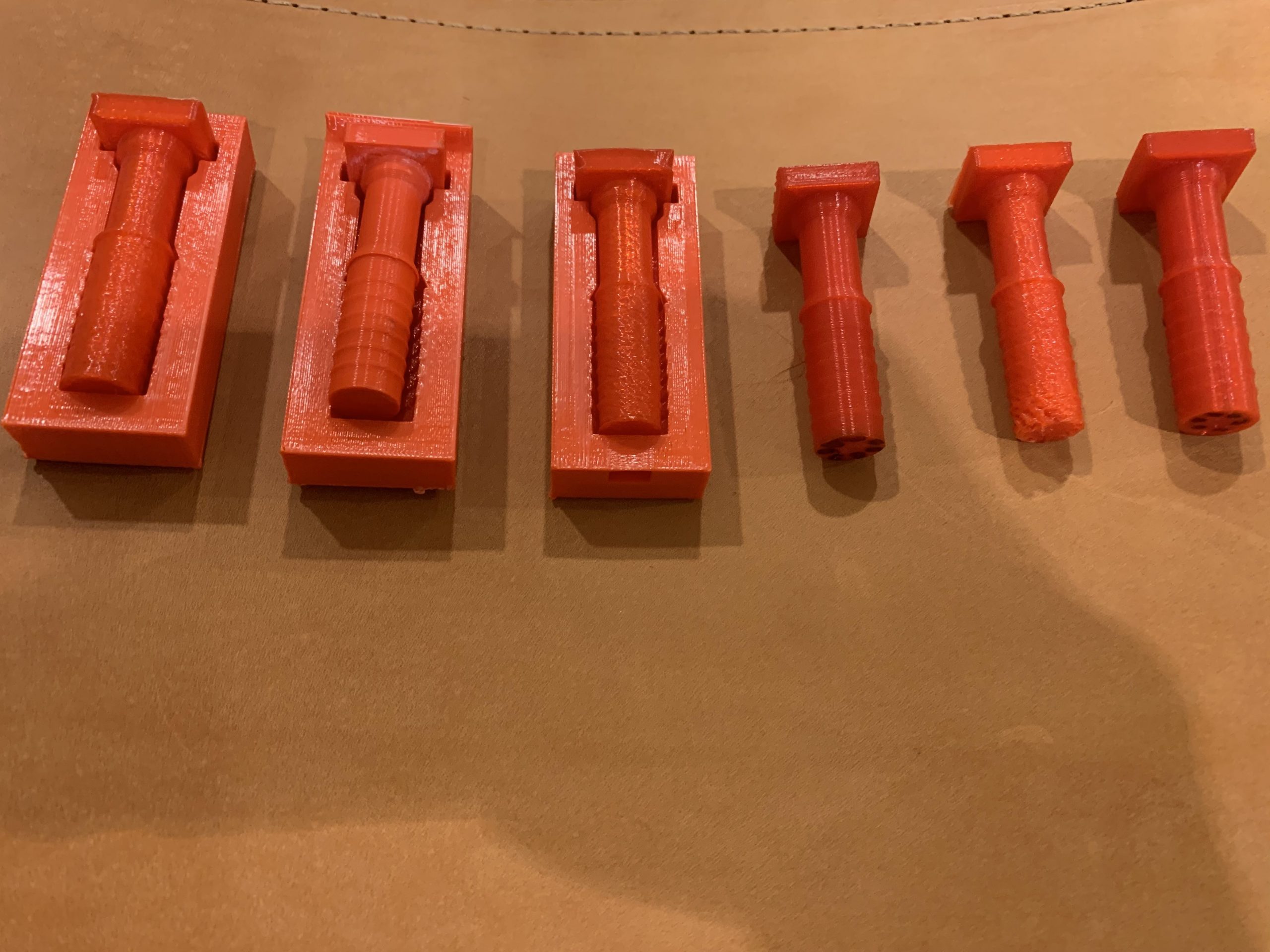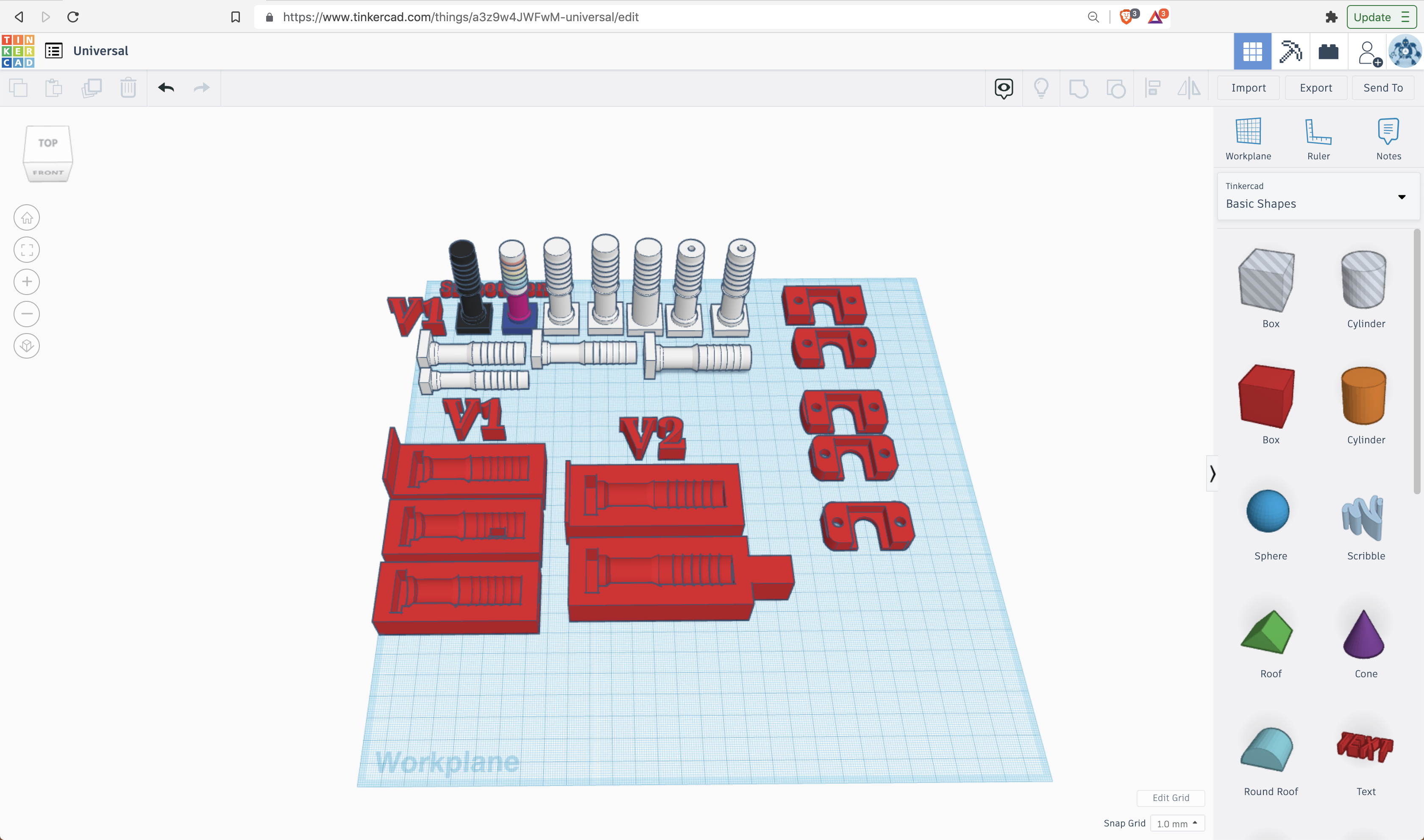Designing Sailboat Parts
Over the years that I have been sailing, parts that I use for sailing break every so often because of the usual wear and tear that they face in the grueling conditions. However, when I have to replace such parts, I have realized the extreme expense of replacing these parts, and the poor design of them, even in the highest-quality parts. Using my 3D design and printing skills, I decided to test the strength and endurance of the 3D printed parts, which could be made for a fraction of the cost, and at a better quality than the original part.




ITERATION
Testing parts to failure and then iterating new designs are central to the reverse engineering process. Following this process to the extreme helps us develop end products often superior to the original parts.
OVERVIEW
The rubber protectors for Optimist daggerboards are made out of a foam-rubber material, and disintegrate over time, leading the edges of the daggerboard to rub up against the daggerboard trunk and cause damage. Instead, I researched a material that could withstand the harsh environment of the sea, while being strong, durable, and easily manufacturable. Then, I stumbled upon a flexible material that is 3D printable, and immediately started prototyping and testing the rubber insert. I had to design and 3D print the part in a way such that it could be flexible enough to absorb the impacts from the daggerboard, but not too flexible so to tear up, similar but different to the foam-rubber-like material of the original insert. I successfully 3D printed the insert, and tested it on an Optimist dinghy.
The third product I designed, prototyped, and tested was a universal joint for tillers and tiller extensions. The normal ones are made out of a semi-durable rubber, but when exposed to the usual tension, compression, and twisting forces, it develops fractures along the horizontal/lateral direction, and this leads to failure of the rubber part. Instead, I used outcomes of 3D printing to my advantage. Fused Deposition Modeling 3D printers, the kind that I have access to, create parts by adding layer upon layer of extruded material. Parts created with these 3D printers have weaknesses of tension along the Z-axis, and advantages of compression and twisting forces along the X and Y-axis. Using these characteristics to my advantage, I printed a fundamentally stronger universal joint from the CAD file I created of the improved universal joint.


